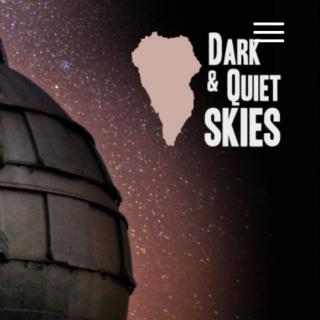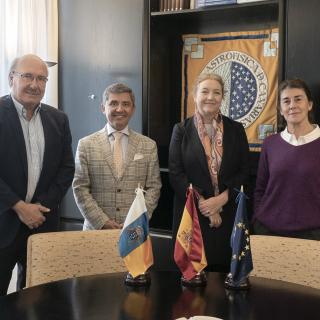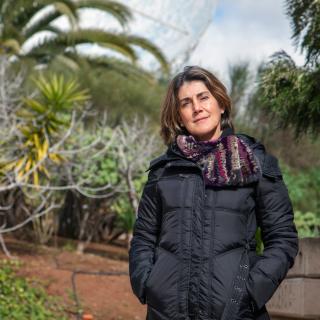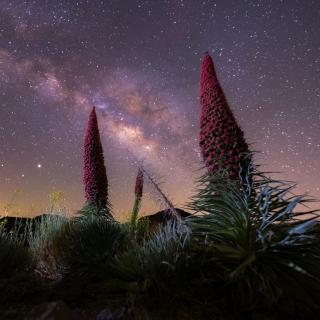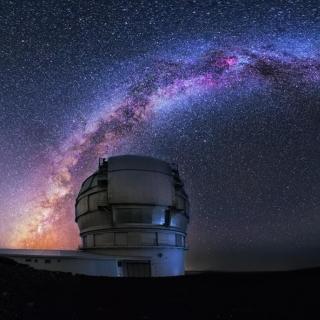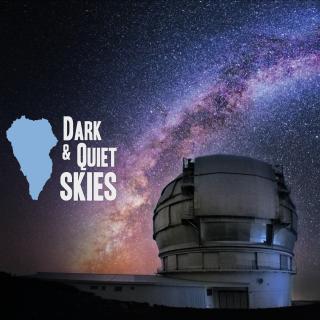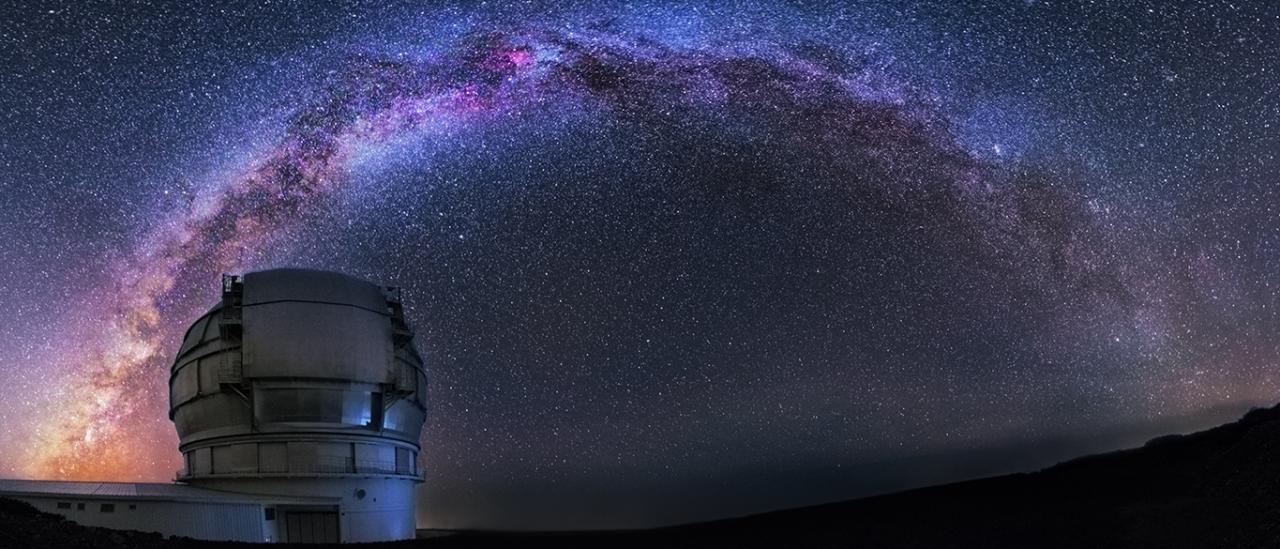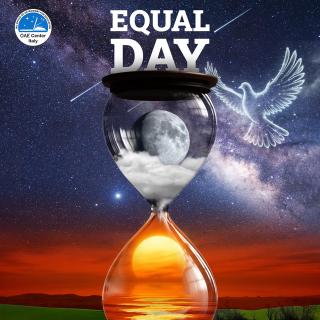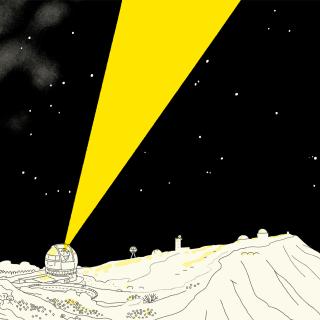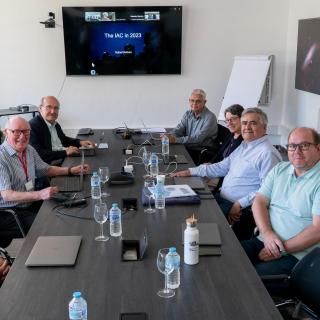The Instituto de Astrofísica de Canarias is taking part in the workshop "Dark and Calm Skies for the present and future of Astronomy", which will be held in Brussels on Monday 10 July. The aim of the workshop is to present the current situation, needs and challenges of this area of science; to show the work carried out by the Committee on the Peaceful Uses of Outer Space (COPUOS), part of the United Nations General Assembly; and to analyse the perspective of the EU's space policy.
The increase in light pollution and satellite constellations is one of the first issues to be discussed by Spain after receiving the Council of the European Union presidency.
Astronomical observations have provided humanity with invaluable knowledge. Today, dozens of state-of-the-art observatories around the world explore the electromagnetic spectrum, retrieving fundamental information to better understand the universe and our place in it. Accurate measurements from Earth are only possible under dark, calm skies. However, the current and future exploitation of space, mainly through satellite constellations, threatens the future of astronomy due to the intense light pollution and radio frequency interference they produce.
In order to control the exponential increase of satellites in orbit in the coming years and moderate its impact on Astronomy, the Permanent Representation of Spain to the European Union (REPER) is organising a workshop with the participation of the Deputy Director of the IAC, Casiana Muñoz Tuñón, who will speak on the need to regulate outer space. Francisco Colomer Sanmartín (Ministry of Science and Innovation), José Manuel Ramírez Arrazola (Ministry of Foreign Affairs - Delegation to the United Nations - Vienna) and Christoph Kautz (Directorate-General for Defence Industry and Space of the European Commission) will also take part in this meeting, aimed at representatives of the countries in the research and space working groups of the Council of the European Union and, in general, agents of the space and astronomy sector.
